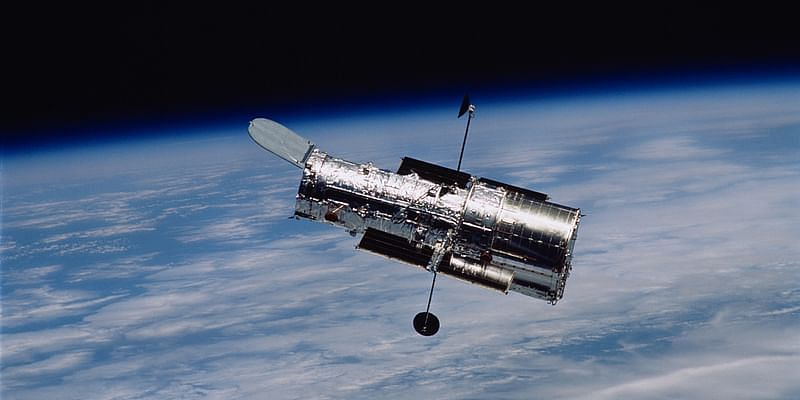On April 24, 1990, the Hubble Space Telescope was launched into orbit aboard the Space Shuttle Discovery, marking a significant milestone in the field of astronomy and our understanding of the cosmos. The Hubble Space Telescope has provided breathtaking images of the universe and has made groundbreaking discoveries that have reshaped our perception of the cosmos.
A Technological Marvel:
The Hubble Space Telescope is a collaboration between NASA and the European Space Agency (ESA). The telescope is named after the renowned American astronomer Edwin Hubble, who made significant contributions to the field of astronomy, including the discovery of the expanding universe. The Hubble Space Telescope is equipped with a 2.4-meter (7.9-foot) mirror and a suite of advanced scientific instruments that enable it to observe the universe across a wide range of wavelengths, from ultraviolet to near-infrared.
Unprecedented Discoveries:
Over the past three decades, the Hubble Space Telescope has made numerous groundbreaking discoveries that have revolutionised our understanding of the universe. Some of its most significant achievements include:
- Measuring the expansion rate of the universe: The Hubble Space Telescope has provided the most precise measurements of the rate at which the universe is expanding, known as the Hubble constant. This has helped refine our understanding of the age and composition of the universe.
- Discovering the presence of dark energy: Hubble’s observations of distant supernovae provided evidence for the existence of dark energy, a mysterious force that is causing the expansion of the universe to accelerate.
- Capturing stunning images of galaxies, nebulae, and star clusters: Hubble’s high-resolution images have revealed the intricate structures of galaxies, the birth and death of stars in nebulae, and the distribution of globular clusters around galaxies.
- Observing the atmospheres of exoplanets: The Hubble Space Telescope has been used to study the atmospheres of planets orbiting other stars, providing valuable information about the potential habitability of these distant worlds.
A Lasting Legacy:
The Hubble Space Telescope has had a profound impact on our understanding of the universe and has inspired a new generation of astronomers and scientists. The telescope’s legacy will continue with the upcoming launch of the James Webb Space Telescope, which will build on Hubble’s discoveries and probe even deeper into the cosmos.
The launch of the Hubble Space Telescope on April 24, 1990, has proven to be a transformative moment in the field of astronomy. Its breathtaking images and groundbreaking discoveries have shaped our understanding of the universe, revealing the beauty and complexity of the cosmos. As the Hubble Space Telescope continues to explore the universe, it serves as a testament to the power of human curiosity and the endless possibilities of scientific discovery.







![Read more about the article [Funding roundup] Geekster, Trainman, Burger Singh, others report early-stage deals](https://blog.digitalsevaa.com/wp-content/uploads/2022/07/CopyofImageTaggingnoframesEditorialTeamMaster2-1658327887424-300x150.png)


